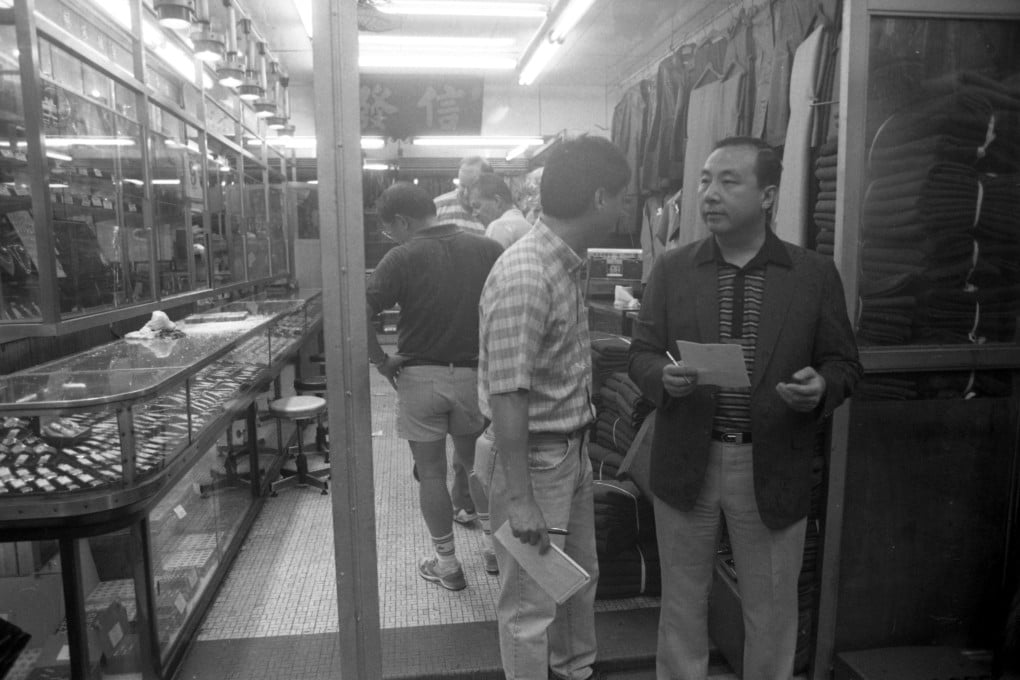Arrest of wanted man over fatal botched robbery in Hong Kong puts notorious criminals and string of shoot-outs with police back in spotlight
- Arrest brings back memories of gunfights on the streets between police and armed gangs
- Hong Kong suffered wave of armed robberies because higher living standards than China made city easy target

Hong Kong authorities have taken into custody a man wanted in connection with an armed robbery and murder more than 30 years ago, putting a string of notorious hold-ups dating back decades back in the spotlight.
Police charged Wen Wenye, 59, on Monday with murder and the attempted robbery of a watch shop in Sham Shui Po in 1991. It is alleged his fingerprints matched those collected at the crime scene. He was arrested on Saturday as he entered the city through the Shenzhen Bay control point.
From dramatic gunfights to record-breaking bounties, here the Post looks at some of the criminals and cases that hit the headlines in the past.

Who were the most prominent masterminds?
A trio of criminals – Kwai Ping-hung, Yip Kai-foon, and Cheung Tze-keung – were known as the “Three Robber Kings of Hong Kong” because of their extensive criminal careers from the 1980s on.
They gained notoriety for their many shoot-outs, kidnappings and brazen armed robberies.
Only Kwai is still alive.
Kwai illegally entered Hong Kong from mainland China in 1980 and was suspected of committing 20 armed robberies over three decades. He also shot and wounded two police officers in Mong Kok in 2001.